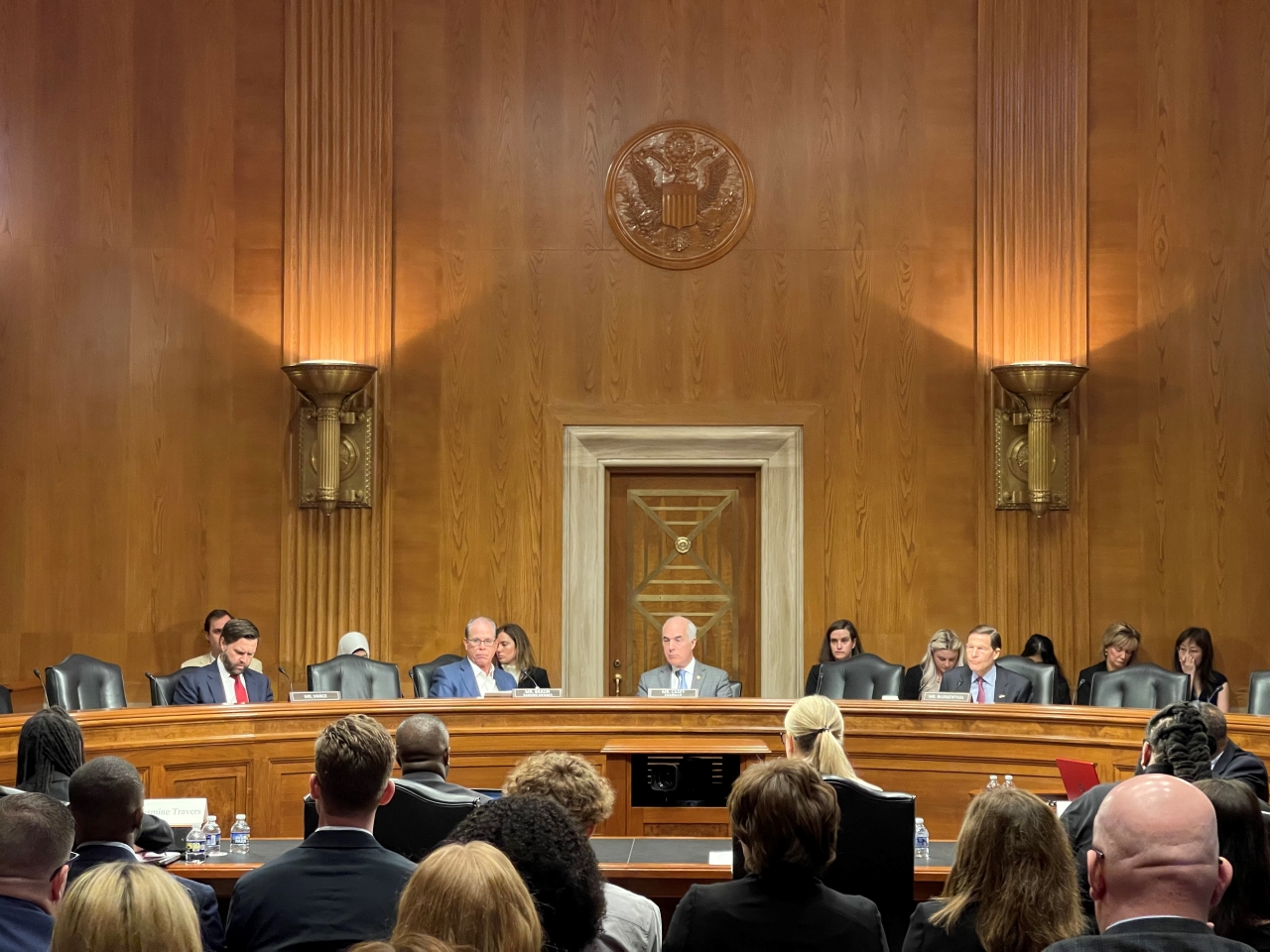Capitol Correspondence - 09.05.23
Proposed Overtime Salary Threshold Increase

Share this page
Stay Informed on the Latest Research & Analysis from ANCOR
More News
Capitol Correspondence - 05.07.24
HHS Issues Final Rule on Section 504
Stateside Report - 04.29.24
Stateside Report: April 29, 2024

Capitol Correspondence - 04.23.24
Senate Aging Committee Explores Long-Term Care Workforce Challenges


